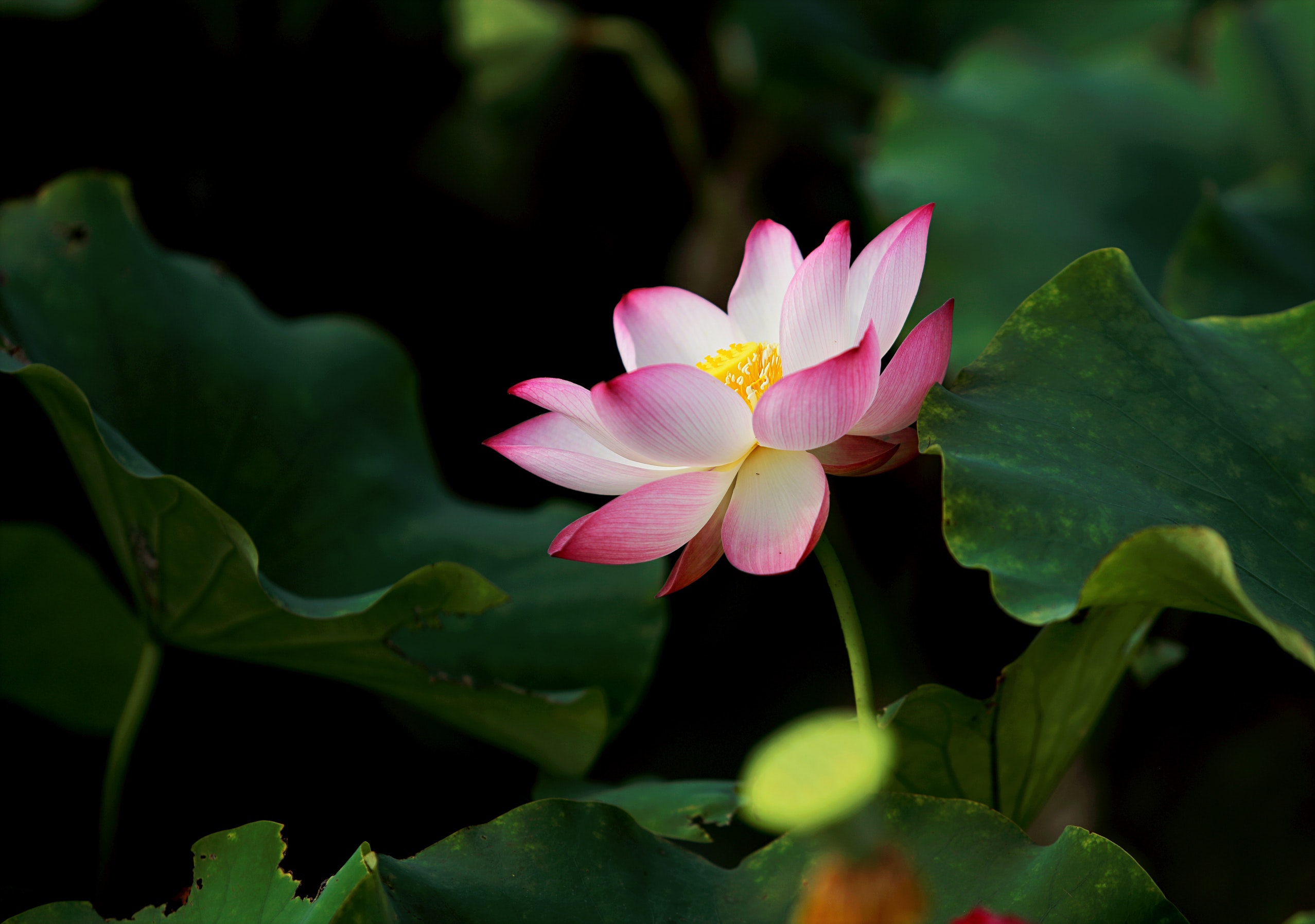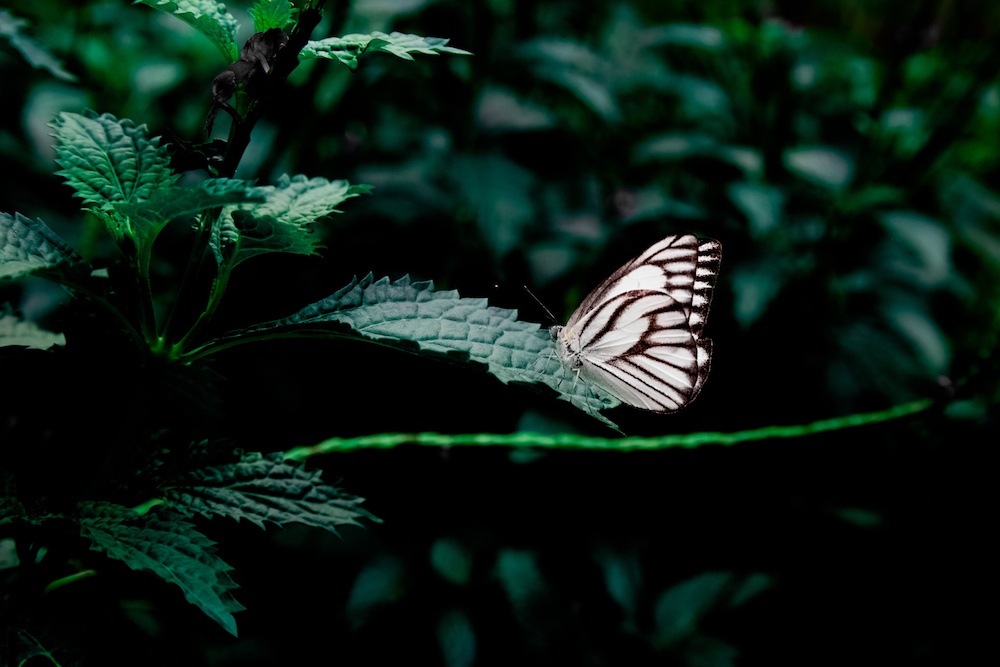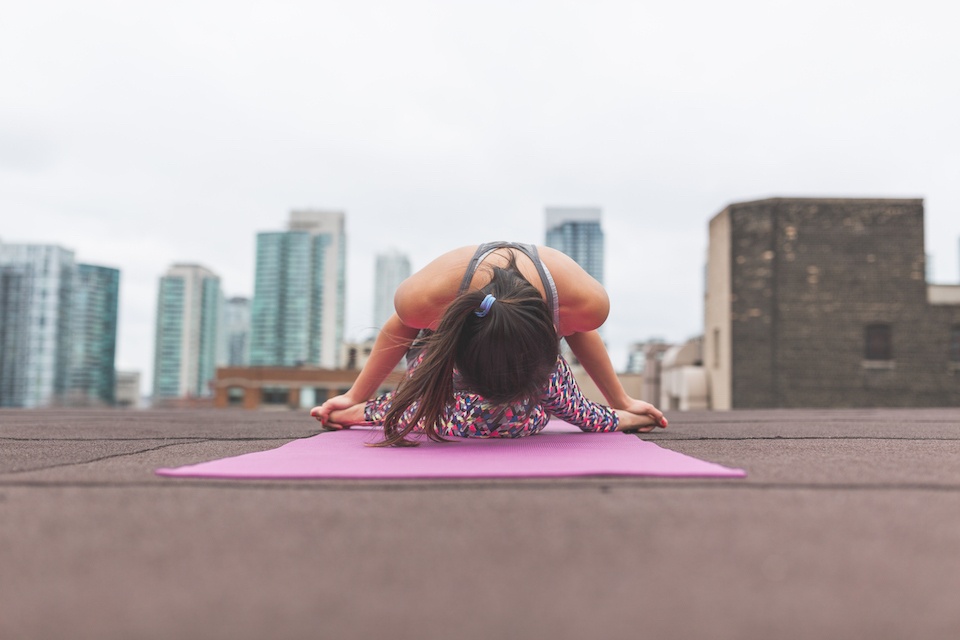There’s a lot of talk these days, especially in spiritual circles, about manifestation. And that’s a beautiful thing. It means—on some level, at least— that people are becoming aware of how our thoughts, beliefs, and general mindset influence our experience. That’s essentially what the concept of manifestation is all about: focusing on what you desire, and attracting it through what you think, say, and do. Here’s the thing, though. That last part, the do part, is the most important element of the manifestation process—and it’s the one that tends to be emphasized the least.
Many discussions about manifestation make it appear as though you simply have to think positive thoughts, and all of your deepest desires will be fulfilled. But this is a narrow view of the concept. First, it implicitly suggests that what happens to us in life is exclusively a matter of choice; by extension, then, people who suffer great misfortunes—like those born into poverty, those with terrible diseases, or those subjected to violence, for example—somehow brought it upon themselves through negative thinking or a lack of intention. This is faulty and problematic reasoning, of course; things simply don’t work that way. However, though we can’t determine everything that happens to us in life, most of us, no matter our circumstances, have the creative capacity to bring about changes based on what we choose to think and believe. There are countless examples of people who, even in the most wretched of conditions, chose to interpret their circumstances in positive and uplifting ways, and subsequently moved their lives onto a more promising path. Dr. Viktor Frankl, who lost his wife, parents, and other family members in the Holocaust, is one such example. His famous book, Man’s Search for Meaning, offers an inspiring testimony to the power of the mind, the endurance of the human spirit, and the true nature of manifestation.
There’s another major challenge with misinterpreting manifestation as simply a matter of closing your eyes, wishing for what you want, and opening them again to find it there in front of you. As I mentioned earlier, many conversations about manifestation heavily emphasize the thinking and feeling aspects and barely mention the doing. But it’s in the doing that the real magic of manifestation exists.
Any of us can easily conjure thoughts and fantasies about what we desire. For some of us it’s a hefty pay raise, a dream job, or a fancy house; for others it’s the ideal romantic partner or a picture-perfect family. Whatever the dream entails, the dreaming part is easy. And if we think of manifestation as simply dreaming the dream and waiting for it to materialize, we’re bound to be disappointed. But this doesn’t mean we need to throw the proverbial baby out with the bathwater. Instead, we should guide our attention to the most significant aspect of manifestation, the one with the greatest likelihood of turning our dreams into reality: committed action.
Many successful people will tell you they’ve gotten to where they have by dreaming big, keeping that dream alive for themselves, and doing whatever it takes to get there. Their path to success offers the rest of us a step-by-step guide to manifestation. Step 1: Create a vision; Step 2: Keep your mind filled with positive thoughts related to that vision, imagining it as if it’s already come true; Step 3: Do everything possible to achieve what you desire; Step 4: Watch your vision become reality. Put this way, manifestation isn’t such a far-out, new-age concept. It’s not nearly as glamorous or easy to sell, but it’s much more likely to yield results.
Once you start getting the step-by-step of manifestation down, you’re likely to notice that things you desire start showing up in your life. You’ve set your mind to the right frequency and taken committed action accordingly: Why wouldn’t you get what you want? But here’s where you’ve got to be extra careful. Remember the saying, “Be careful what you wish for; you just might get it”? Well, it rings with real truth when it comes to manifestation. Because, you see, it’s one thing to want something we don’t yet have, and quite another to receive and hold onto that something. I’ve worked with more than a few people who learned everything they could about manifestation in order to attract the perfect partner, only to find that when that person actually did appear in their lives, they didn’t know what to do next.
One of my former clients spent years envisioning the man she believed would give her the happily-ever-after she’d always wanted. During a casual night out with friends, when she didn’t expect to meet anyone at all, she came face-to-face with a guy who seemed to be everything she’d been calling forth through her manifestation efforts. But a month or two into dating him, my client felt completely defeated. What she came to realize was that her attempts at manifesting the ideal partner were completely outwardly focused. She was so caught up in dreaming up what the other person would be like that she didn’t once stop to consider who she would want or need to be in order to maintain a healthy and harmonious relationship with that person. She was intent on manifesting a “responsible guy who’s focused on his career and his future;” but once she started dating him, she realized she hadn’t given much thought to what it would actually be like to have such a partner. His strict weekly routine of work, workouts, and early nights clashed with her happy hour circuit with girlfriends, and his future-focused attitude didn’t really jibe with her tendency to live in the moment and worry about the details later. In short, she asked for more than she was ready to receive, and rather than getting to enjoy what she had manifested, she wound up feeling as though she was “self-sabotaging” it.
I know my clients aren’t the only ones who have discovered that manifestation comes with some strings attached. In my own life, I’ve had to do my fair share of recalibrating when the things I was so focused on manifesting finally appeared. It all serves as a healthy and important reminder that life isn’t perfect, and that if we dare to ask for certain things to come our way, we’ve got to be ready to receive them. I, for one, continue to believe wholeheartedly in our collective creative capacity and the power we have to manifest our deepest desires. So, let’s keep dreaming big and weaving those dreams into reality. And while we’re on that journey of aligning our intentions, thoughts, emotions, and actions to bring forth what we’re seeking, let’s aim to keep it all in healthy perspective.










